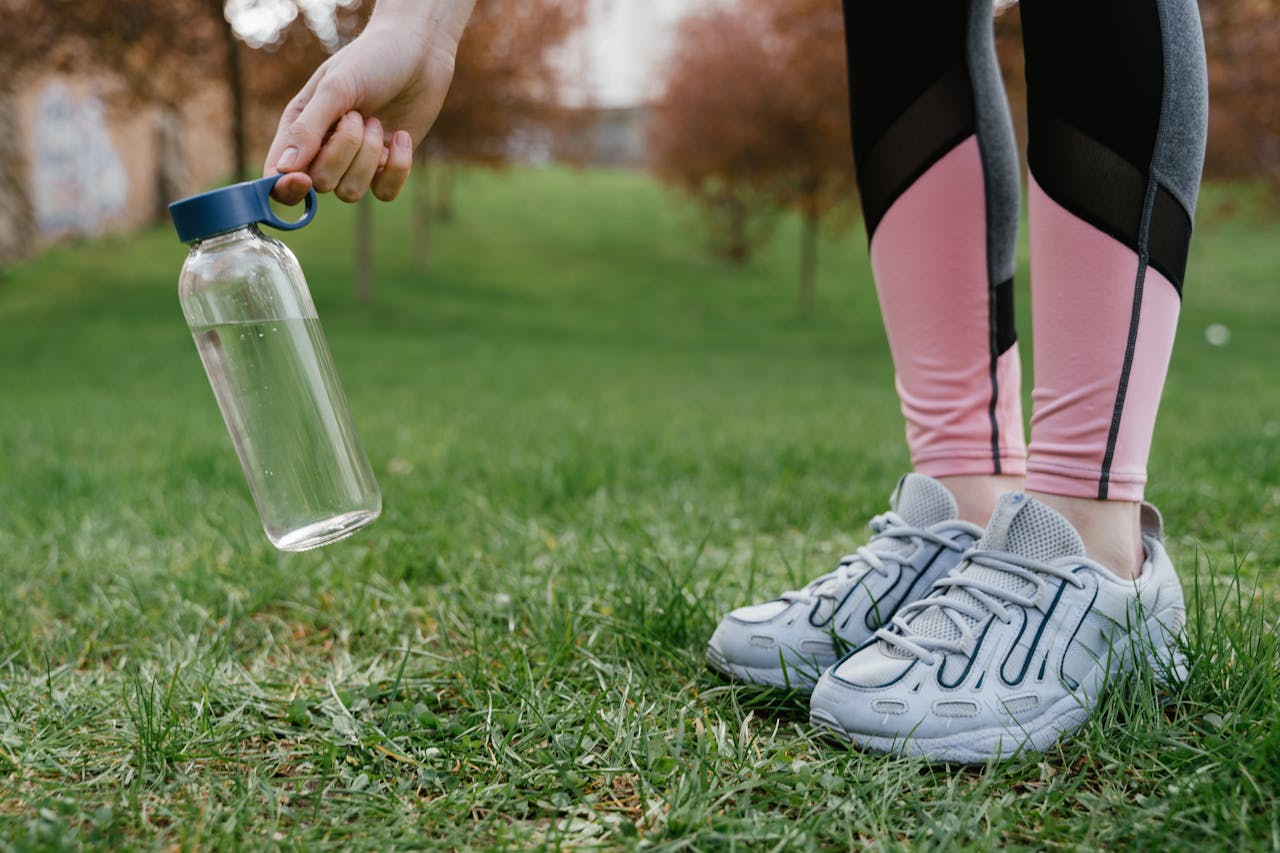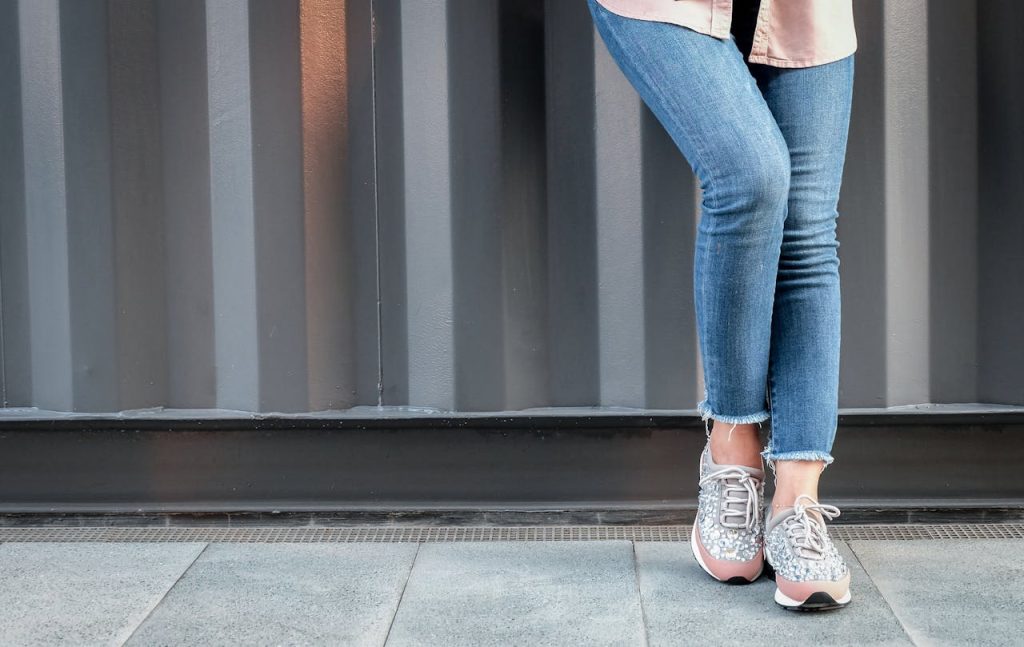Maintaining proper posture and balance is essential for physical health and well-being. These attributes are critical for daily activities, athletic performance, and preventing chronic pain or injuries. Orthotics, custom-designed shoe inserts, play a pivotal role in enhancing these aspects by providing targeted support and correcting foot misalignments. They are a cornerstone of foot health, offering numerous benefits beyond simple comfort. In this article, we delve deep into how orthotics work, their impact on posture and balance, and why they are a valuable tool for addressing a wide array of musculoskeletal issues.
What Are Orthotics?
Orthotics are specialized devices placed inside footwear to support, align, or enhance the function of the foot. Unlike standard over-the-counter insoles, orthotics are custom-designed to suit the unique structure of an individual’s feet. This customization allows them to address specific issues, such as plantar fasciitis, flat feet, or high arches.
Orthotics are crafted from a variety of materials, including rigid plastics, soft foam, or a combination of both, depending on the user’s needs. The design process often involves advanced techniques like 3D scanning or casting to capture the exact contours of the individual’s feet.
These devices work by redistributing pressure on the feet, improving alignment, and ensuring that the foot strikes the ground in an optimal position during movement. By addressing the foundation of the body—our feet—orthotics can influence the entire musculoskeletal system, from the ankles and knees to the hips and spine.
How Orthotics Affect Posture
The Role of Feet in Postural Alignment
The feet are the foundation of the body’s kinetic chain, which means their alignment directly impacts posture. A misaligned foundation can lead to a domino effect, causing improper posture and strain on muscles and joints throughout the body. For example:
- Flat Feet: Can cause overpronation (when the foot rolls inward excessively), leading to knee pain, hip misalignment, and lower back discomfort.
- High Arches: May result in underpronation (when the foot rolls outward), which increases stress on the ankles and reduces shock absorption.
By correcting these misalignments, orthotics help ensure the feet are properly aligned, allowing the body to maintain its natural posture.
Reducing Strain on Muscles and Joints
Custom orthotics distribute body weight evenly across the feet, which can significantly reduce strain on the muscles and joints. For individuals who stand or walk for long periods, this redistribution alleviates fatigue and discomfort, particularly in the lower back, hips, and knees.
Orthotics also help correct the gait cycle (the way a person walks), ensuring smoother transitions during movement. This improved biomechanics reduces compensatory movements, which can lead to chronic pain over time.
Orthotics and Balance
The Science of Balance
Balance is the ability to maintain a stable and upright position, whether standing still or moving. It depends on three primary systems:
- Visual System: Provides spatial awareness.
- Vestibular System: Located in the inner ear, it helps maintain equilibrium.
- Proprioceptive System: The sense of position and movement in the body, heavily reliant on feedback from the feet.
Orthotics enhance the proprioceptive feedback from the feet, which is essential for balance. By providing a stable base and correcting foot alignment, they improve an individual’s ability to stay steady, especially on uneven surfaces.
Reducing Fall Risk
Orthotics are particularly beneficial for older adults or individuals with conditions like peripheral neuropathy or diabetes, which can impair balance. By stabilizing the feet and improving weight distribution, orthotics lower the risk of falls—a major concern in these populations.
Additional Benefits of Orthotics
1. Pain Relief
One of the most common reasons people seek orthotics is to alleviate pain. Conditions such as plantar fasciitis, bunions, shin splints, and Achilles tendinitis can cause significant discomfort, often originating from improper foot mechanics. Orthotics provide relief by addressing the root cause of these issues, rather than just masking the symptoms.
For individuals with arthritis or joint pain, orthotics help cushion the feet and reduce stress on affected areas, making daily activities more manageable.
2. Enhanced Athletic Performance
Athletes, from runners to basketball players, rely on proper foot mechanics for optimal performance. Orthotics can enhance these mechanics by:
- Reducing energy loss during movement.
- Improving alignment, which allows for more efficient force generation.
- Lowering the risk of injuries caused by overuse or improper biomechanics.
Many professional athletes use custom orthotics as part of their training regimen to maintain peak performance.
3. Injury Prevention
Orthotics are not just corrective tools; they are also preventive. For example, runners prone to overpronation or underpronation are at a higher risk of developing shin splints, stress fractures, or knee pain. By addressing these issues early with orthotics, the likelihood of such injuries can be significantly reduced.
4. Improved Mobility for Chronic Conditions
Orthotics can be life-changing for individuals with chronic conditions like diabetes or arthritis. Diabetic patients, in particular, benefit from orthotics designed to offload pressure from sensitive areas of the foot, preventing ulcers and other complications.
Types of Orthotics
Orthotics are categorized based on their purpose and construction:
- Rigid Orthotics: Made from firm materials like plastic or carbon fiber, they provide support and control motion, ideal for addressing structural issues.
- Soft Orthotics: Crafted from cushioned materials, they are designed for shock absorption and pressure relief, often used for conditions like diabetes or arthritis.
- Semi-Rigid Orthotics: A combination of rigid and soft materials, offering both support and comfort, commonly used for athletic purposes.

When to Consider Orthotics
You might benefit from orthotics if you experience any of the following:
- Persistent foot pain or discomfort.
- Knee, hip, or lower back pain without an apparent cause.
- Balance issues or frequent falls.
- Foot deformities such as bunions, hammertoes, or flat feet.
- Pain exacerbated by standing or walking for long periods.
Custom vs. Over-the-Counter Orthotics
While over-the-counter (OTC) orthotics are widely available, they are generic and may not address specific needs. Custom orthotics, on the other hand, are tailored to your feet and offer superior support and functionality.
OTC orthotics may provide temporary relief for minor issues, but for long-term benefits or complex conditions, custom orthotics are the gold standard.
The Process of Getting Custom Orthotics
- Initial Assessment: A healthcare professional, such as a podiatrist or orthopedist, evaluates your feet, gait, and overall biomechanics.
- Foot Impressions: Using techniques like 3D scanning or casting, precise molds of your feet are created.
- Fabrication: The molds are used to design orthotics that address your specific needs.
- Fitting and Adjustment: Once fabricated, the orthotics are fitted into your footwear, and adjustments are made for comfort and effectiveness.
Maintaining Your Orthotics
Custom orthotics are an investment and require proper care to ensure longevity:
- Clean them regularly with mild soap and water.
- Avoid exposing them to extreme heat, which can warp the material.
- Replace them as recommended, usually every 1–2 years, depending on wear and tear.
Conclusion
Orthotics are invaluable tools for improving posture, enhancing balance, and addressing a wide range of musculoskeletal issues. By targeting the root cause of discomfort and misalignment, they offer long-term benefits that go beyond simple pain relief.
If you’re experiencing persistent discomfort or seeking to optimize your movement, consult a healthcare professional to determine if orthotics are the right solution for you. With proper assessment and care, orthotics can transform not only the way you move but also your overall quality of life.
Unleash the Power of Orthotics for Posture and Balance: Transform the Way You Move!
Don’t let poor posture or balance issues hold you back from living your best life! Whether you’re noticing the first signs of discomfort or want to enhance your stability and alignment, it’s time to give your feet and body the support they need. Say goodbye to aches and fatigue and take a confident step toward improved posture and balance. Prioritize your overall well-being with custom orthotics designed just for you.
The Shoe Doctor has been a trusted expert in crafting custom orthotics for over two decades. Experience the transformative power of personalized orthotic insoles as they enhance your posture, improve balance, and alleviate discomfort from your feet to your lower back. Russell, our knowledgeable specialist at The Shoe Doctor, will guide you through the process, offering expert advice to help you find the perfect solution for your unique needs.
We go the extra mile to create a detailed 3D map of your feet, allowing us to design custom orthotics that fit seamlessly—whether for work, casual wear, or active pursuits. With our expert guidance and premium orthotics, you’ll be stepping confidently and standing tall in no time.
Are you in the San Francisco Bay Area? Look no further! The Shoe Doctor is your go-to destination for the finest custom orthotics to support your posture and balance. We’re here to help you every step of the way, so why wait? Schedule your free consultation today and discover the unparalleled comfort and benefits of our custom orthotic solutions. Your body will thank you!
Disclaimer
The materials available on this website are for informational and entertainment purposes only and not for the purpose of providing medical advice. You should contact your doctor to obtain advice with respect to any particular issue or problem. You should not act or refrain from acting on the basis of any content included in this site without seeking medical or other professional advice. The information presented on this website may not reflect the most current medical developments. No action should be taken in reliance on the information contained on this website and we disclaim all liability in respect to actions taken or not taken based on any or all of the contents of this site to the fullest extent permitted by law.


